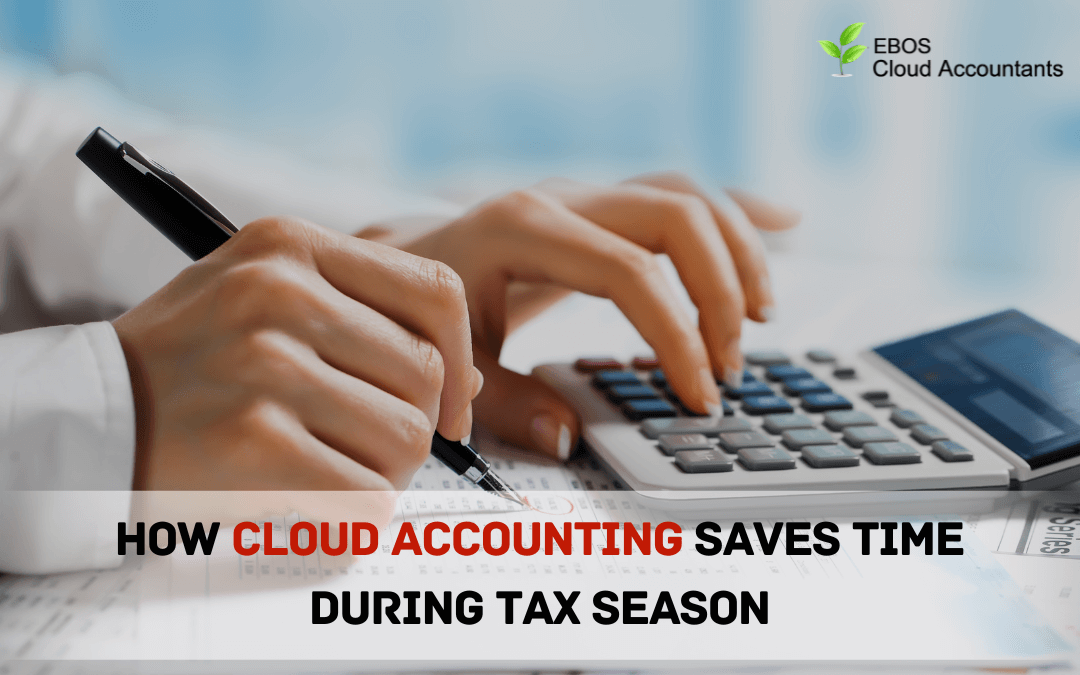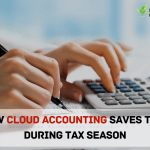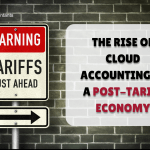Tax season has a reputation for being stressful—and honestly, it’s easy to see why. Between gathering receipts, chasing invoices, double-checking expenses, and making sure you’re compliant with the latest regulations, the whole process can feel overwhelming.
But for businesses and individuals using cloud accounting, tax season doesn’t have to be a mad scramble. In fact, it can be surprisingly smooth.
Here’s how cloud accounting is helping people save serious time (and a lot of headaches) when tax season rolls around.
1. Real-Time Record Keeping
One of the biggest reasons tax season gets messy is because financial records are scattered—or worse, outdated. Traditional bookkeeping often relies on manual entry, paper files, or spreadsheets that may not reflect the latest transactions.
Cloud accounting changes that. Platforms like Xero, QuickBooks Online, and FreshBooks automatically sync your transactions from your bank accounts, credit cards, and payment platforms. Your books are updated daily, so when tax time arrives, you’re not starting from scratch—you’re simply reviewing clean, real-time data.
2. Easy Expense Tracking
Trying to hunt down business expenses months after they happened? Nightmare.
Cloud accounting platforms make expense tracking easy by allowing you to upload receipts on the go, categorize expenses automatically, and even link purchases directly to projects or clients. Some apps also use AI to scan receipts and suggest categories for faster sorting.
By tax season, you already have a fully organized list of deductible expenses, ready to go—no shoebox full of receipts required.
3. Automated Reports
Tax season often means creating profit and loss statements, balance sheets, cash flow summaries, and other reports your accountant needs. Normally, pulling all this together manually would take hours (if not days).
With cloud accounting, you can generate all these reports with just a few clicks. Most platforms even let you customize reporting periods, so you can quickly run year-end summaries or quarterly tax estimates without starting from zero each time.
4. Seamless Collaboration with Accountants
Working with an accountant? Cloud accounting makes that partnership way easier.
Instead of sending over spreadsheets and bank statements, you can simply invite your accountant to access your books online. They can view your data in real time, suggest corrections, prepare filings, and flag potential deductions—all without a single back-and-forth email about missing documents.
Many platforms even offer special accountant portals or client dashboards, built specifically for collaboration.
5. Automatic Tax Calculations
Nobody likes doing math under pressure—especially when it involves tax codes.
Some cloud accounting tools automatically calculate sales tax, VAT, GST, or estimated quarterly taxes based on the data you input. They track tax liabilities throughout the year so there are no surprises when it’s time to file.
Some even integrate directly with tax filing services, allowing you to file returns straight from the accounting platform.
6. Less Human Error
Manual data entry often leads to mistakes—misspelled vendor names, wrong expense categories, transposed numbers. These small errors can lead to big issues come tax time.
Because cloud accounting automates much of the data flow—from bank feeds to invoicing to expense tracking—you reduce the risk of human error. And fewer mistakes mean fewer corrections, audits, or fines.
Final Thoughts
Cloud accounting doesn’t just make life easier during tax season—it transforms the entire year. By keeping your financial information organized, accurate, and accessible, it takes the panic out of filing and replaces it with confidence and control. Tax season might always be busy, but with cloud accounting, it doesn’t have to be painful. In fact, it might even feel… manageable.
Check out our website at https://ebos-sg.com/ to explore more articles and discover how our Cloud Accountant Services can support you on your business.







